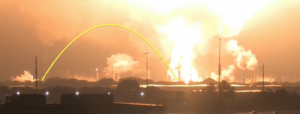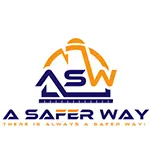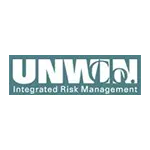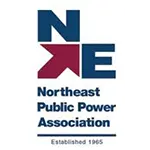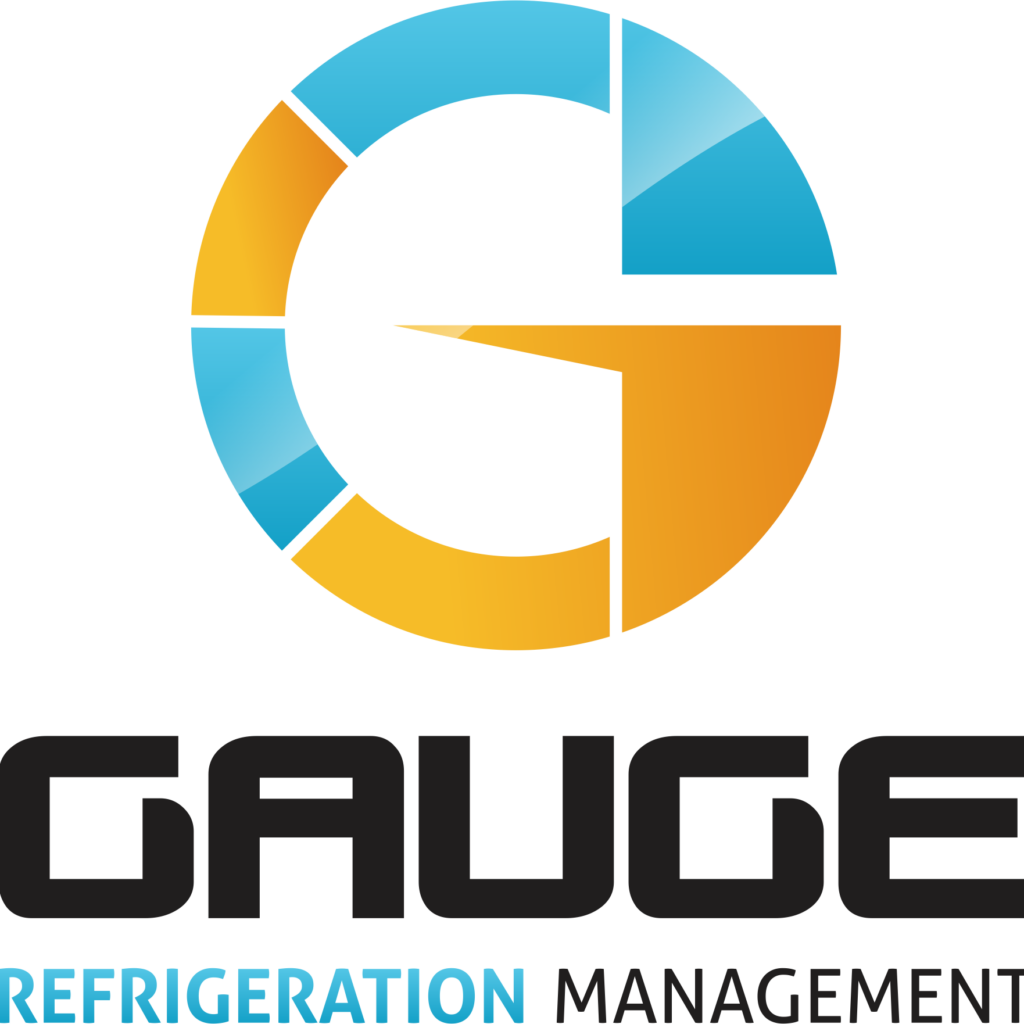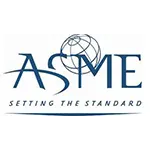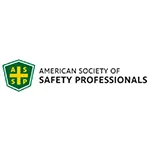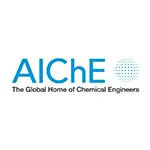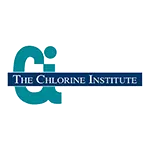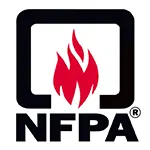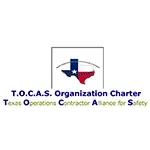SAFTENG Has
- Over 17,500 categorized unsafe acts/conditions and accident/injury photos
- Over 1,400 ppt's & doc's
- Over 3,900 technical articles on Process Safety & Occupational Safety & Health matters
- Over 400 videos
CLICK HERE to Renew your Membership
CLICK HERE for a NEW Membership
CLICK HERE to see eligibility requirements for FREE Membership
If you have any questions, please contact me
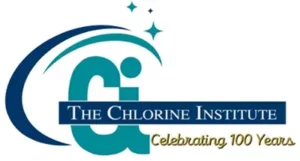
I am proud to announce that have extended our”Partners in Safety” agreement for another year (2025).
CI Members, send me an e-mail to request your FREE SAFTENG membership.





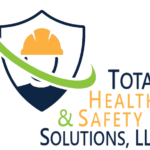


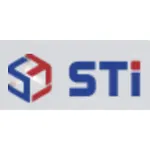


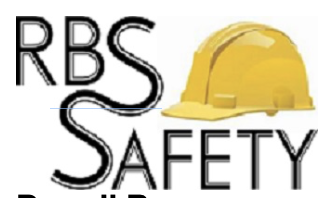


July 6, 2019
In the recent OSHRC decision where the ALJ decided that “tight-fitting” doors for an engine room/machinery room doors were not a PSM requirement since “doors” were not part of the covered process. What is confusing is that the company successfully convinced the ALJ that ASHRAE 15 was not their chosen RAGAGEP (even though they stated it was in their PSI) and that the State’s...
Read More
July 4, 2019
With today’s announcement of the OSHRC decision that the IMC was the facilities RAGAGEP and that the IMC does not require detectors, I thought this record needs to be CORRECTED and CLARIFIED, as the ALJ’s understanding of how the IMC and its requirements apply to an ammonia refrigeration process/system. In the decision, the facility successfully argued that their stated RAGAGEP, ASHRAE...
Read More
July 4, 2019
This 2019 OSHRC decision is without a doubt the worst excuse for process safety I have seen since I have been involved with process safety (27 years). This case fails to meet the most fundamental basis of how OSHA’s wrote the standard. Employers get to pick their RAGAGEPs, but when they state the “codes and standards employed” those become the basis for their process design,...
Read More
July 4, 2019
It seems we, as a profession, struggle to get a consensus on those three words/phrase. For me, it is crystal clear, but for many others I find they wish to have some “room to work” in how they understand these terms to be used. I am often told I read the OSHA (i.e. barebones MINIMUM requirements) too literal and that I should be more flexible and help management work to keep employees safe....
Read More
July 1, 2019
This video is about as picture-perfect as we can get to show us how static is an ignition source. The plastic rolls (commonly called expandable polystyrene or EPS for short is made with Pentane, a highly flammable CAT 1 gas that is heavier than air and has a Minimum Ignition Energy of just 0.22 mJ. When this EPS is made, it must be allowed to “off-gas” for a period of time,...
Read More
June 30, 2019
There are very, and I mean like I can can the number of audits on one hand, rare that we do a compliance audit and not have a 1910.157 finding. And the kicker of it… OSHA gives employers options on how they manage their use of fire extinguishers. Bottom line… OSHA does NOT require that fire extinguishers be provided; your insurance company may require or your state fire code...
Read More
June 27, 2019
I am amazed at how technically incompetent our profession is becoming. I guess I need to praise my old bosses/plant managers once again as I grew up being the safety hero in the plants I worked at. You see, it was NOT my role to drive safety (although I was often the one picking up the flag and leading the charge up the hill in battle). My role was to plot the path and develop the safety process, procedures,...
Read More
June 25, 2019
Respondent operates a petrochemical manufacturing facility (NAICS Code 32511) that produces vinyl chloride for use in the plastics industry. The production areas represent a single RMProgram covered process involving sixteen (16) RMProgram regulated chemicals. At its stationary source, the Respondent has 27,000,000 pounds of vinyl chloride and 6,700,000 pounds of chlorine. At its stationary source,...
Read More
June 25, 2019
We debated this topic a couple of years back and although I am not sure we came to an agreement, I was, still am, set on the idea that 1910.146(c)(5) and (c)(7) can NOT be used simultaneously on the same PRCS. In other words, the PRCS either qualifies for (c)(5) entry or (c)(7) entry; or of course, we can do a permitted entry using sections (d)-(k). But a while back we were working a turnaround...
Read More
June 23, 2019
UPDATED on 7/1/2019 – Pics of the tank that “exploded” being recovered from the river
Well, only time will tell, but my best guess from viewing the video footage from several angles is that it appears that a vertical atmospheric storage tank did go airborne and this resulted in a large fireball. I have no idea what was in the tank, but each video makes it appear that this was...
Read More
June 22, 2019
The information in this report is preliminary and will be either supplemented or corrected during the course of the investigation.
On April 25, 2019, about 4:33 a.m. central daylight time, about 750 gallons (3,800 pounds) of anhydrous ammonia liquefied compressed gas (UN1005, Division 2.2) were accidentally released from two 1,000-gallon nurse tanks mounted on a farm trailer that was being pulled by...
Read More
June 22, 2019
This week we saw two Canadian businesses be fined over $1.2 M (CAD) for discharging their “Ammonia bleed water” to a storm drain which discharged into a river killing around 70 fish. The business, a University in British Columbia, hired a refrigeration contractor to make repairs to the refrigeration system, at which time the contractor used a negative pressure device, known as a Venturi,...
Read More


